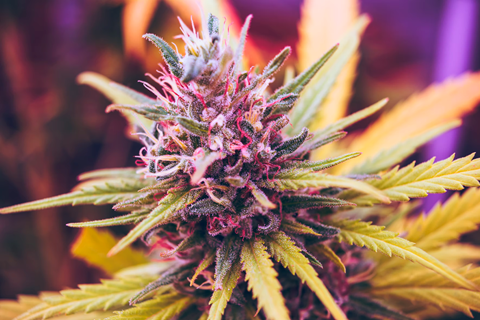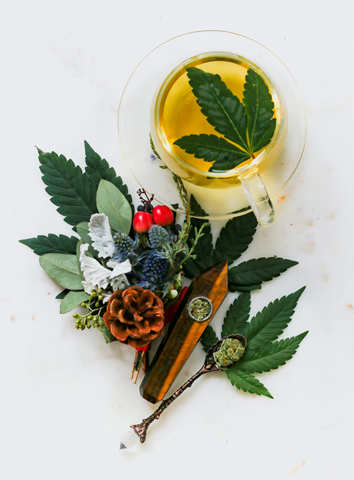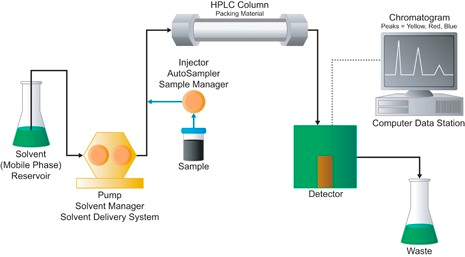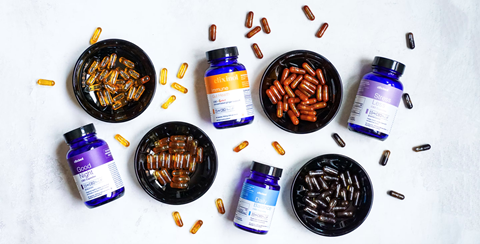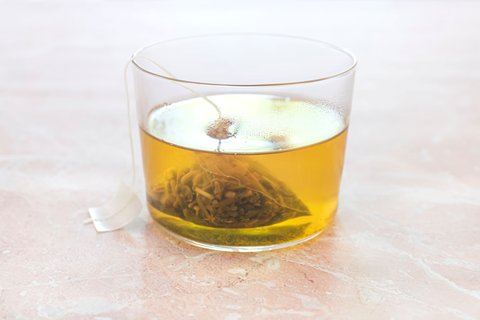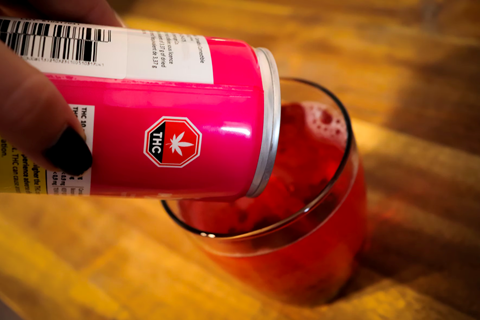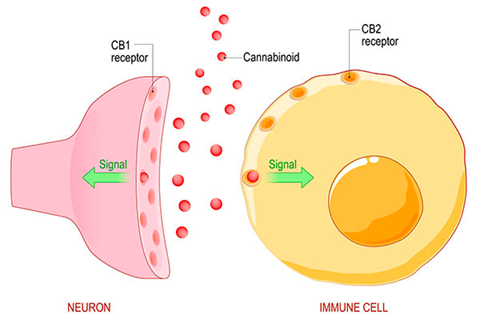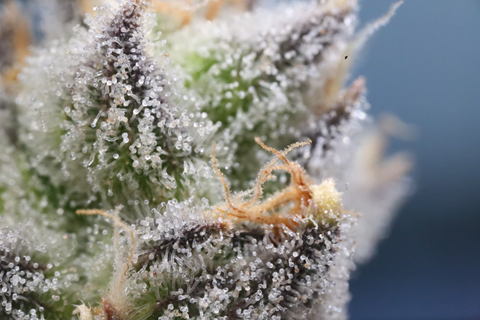Cannabis Extraction and Electric Shavers
Cannabis Extraction and Electric Shavers
By Mitchell Osak, extractX Board Member
“I like the product so much I bought the company”
-Victor Kiam, Former CEO of Remington Products

I begin this piece by channelling my internal Victor Kiam. After first hearing about extractX (eXi) from Albert and Collin in 2021, I liked the company so much I joined the Board.
This is not cheerleading or politesse. eXi’s value proposition was compelling then and continues to this day – maybe even more so. Simply put, the Company is in the right place at the right time. Let me explain.
Right Place
Several positive cannabis and hemp industry trends are intersecting right now. These trends bode well for an increase in the demand for edible and derivative products that use the full spectrum isolate and distillate eXi specializes in. For example, cannabis edibles and CBD wellness products are seeing rapid growth across a variety of categories tracing to product innovation and evolving consumer tastes. Furthermore, new, legal markets are coming on stream on a regular basis. Of note, markets as geographically diverse as New York, Missouri and New Mexico just opened up. Germany and other EU states are about to legalize. Finally, hemp cultivation is increasing around the world including massive virgin areas like Africa and Asia (we are very active from a business development and operating basis in both regions). The higher the cultivation of hemp grown the greater the need for extraction services to serve its myriad of applications, some of which like hempcrete are seeing rapid increases in demand.
Right Time
To say that most cannabis and hemp firms are financially challenged would be an understatement. These challenges are market-based such as margin compression (higher input prices combined with price declines) and hyper competition tracing to open licensing environments. Their difficult financial strait is also a function of higher interest rates, inflation, and a dearth of inexpensive capital (if you can get it) typically deployed in emerging sectors.
In this difficult environment, new and existing cannabis & hemp operators have learned two important strategic lessons which CPG, beverage alcohol and tobacco peers discovered a long time ago.
• Focus on your core competencies – At the outset of legalization, cultivators tried to do everything themselves: grow, process and extract. Naturally, this did not prove to be a financially sustainable business model, nor did it simply enable companies to maintain world class extraction capabilities. Extraction is an obvious activity to outsource or seek out a creative operational solution that maximizes agility and scalability. It is common these days and increasingly so to see cannabis and hemp cultivators pick their strategic lanes. Very often, this does not include extraction.
• Turn your fixed costs into variable costs – When companies are cash starved, unable to secure capital and have uneven extraction volume requirement, the prudent move is to find a way to undertake extraction ‘as needed, when needed’. This allows firms to conserve capital, de-risk their operations and better allocate resources. Again, this is a common business strategy (think IT) that is quickly migrating over to cannabis.
Right place, right time. It is clear to me and others that eXi’s extraction solutions fills some important consumer, market and operational needs in a proven fashion. Victor Kiam would be impressed.
Originally published in the extractX April 2023 Newsletters


